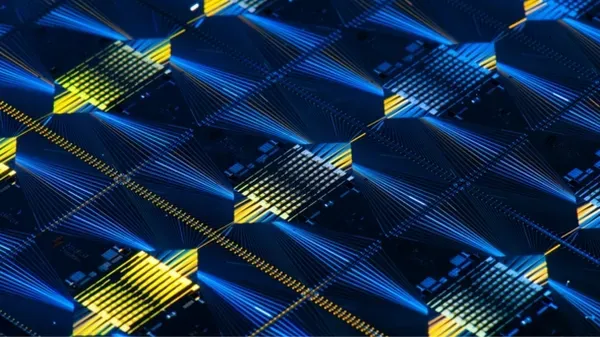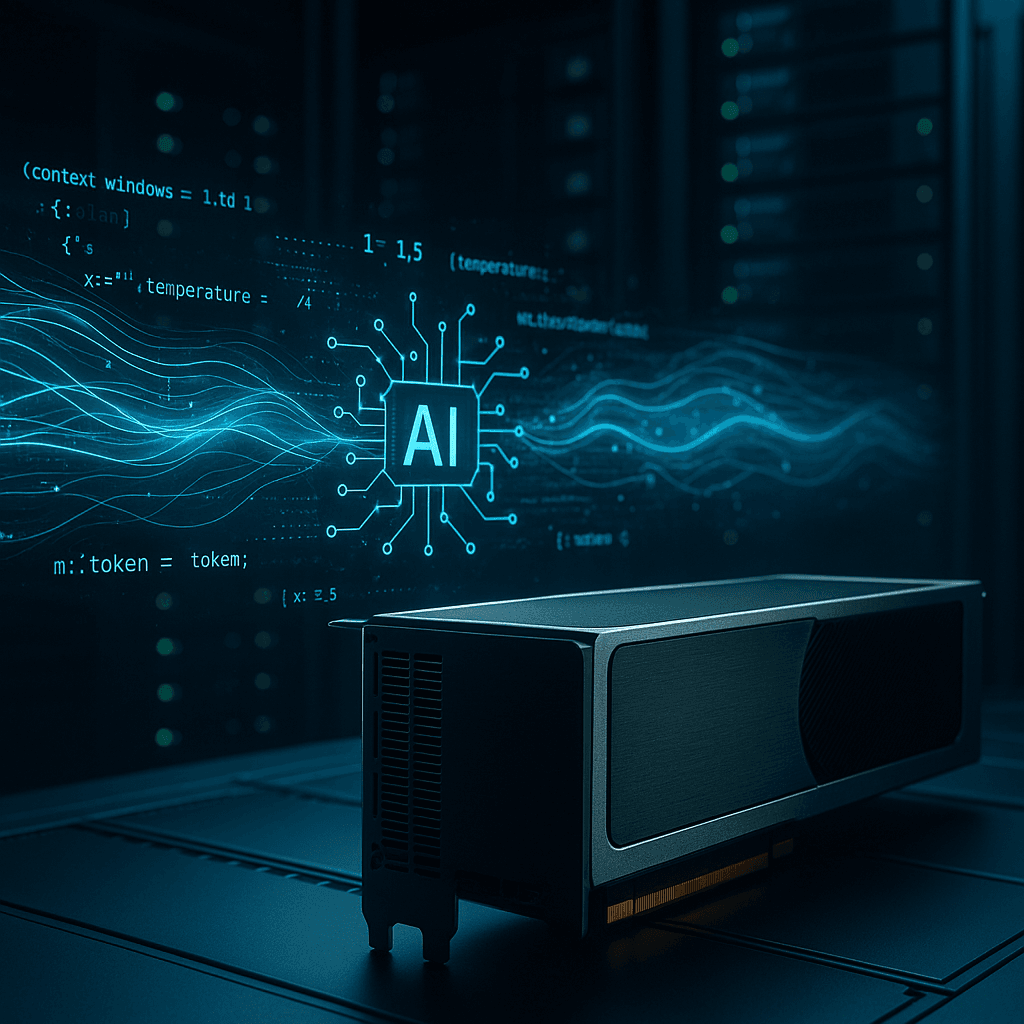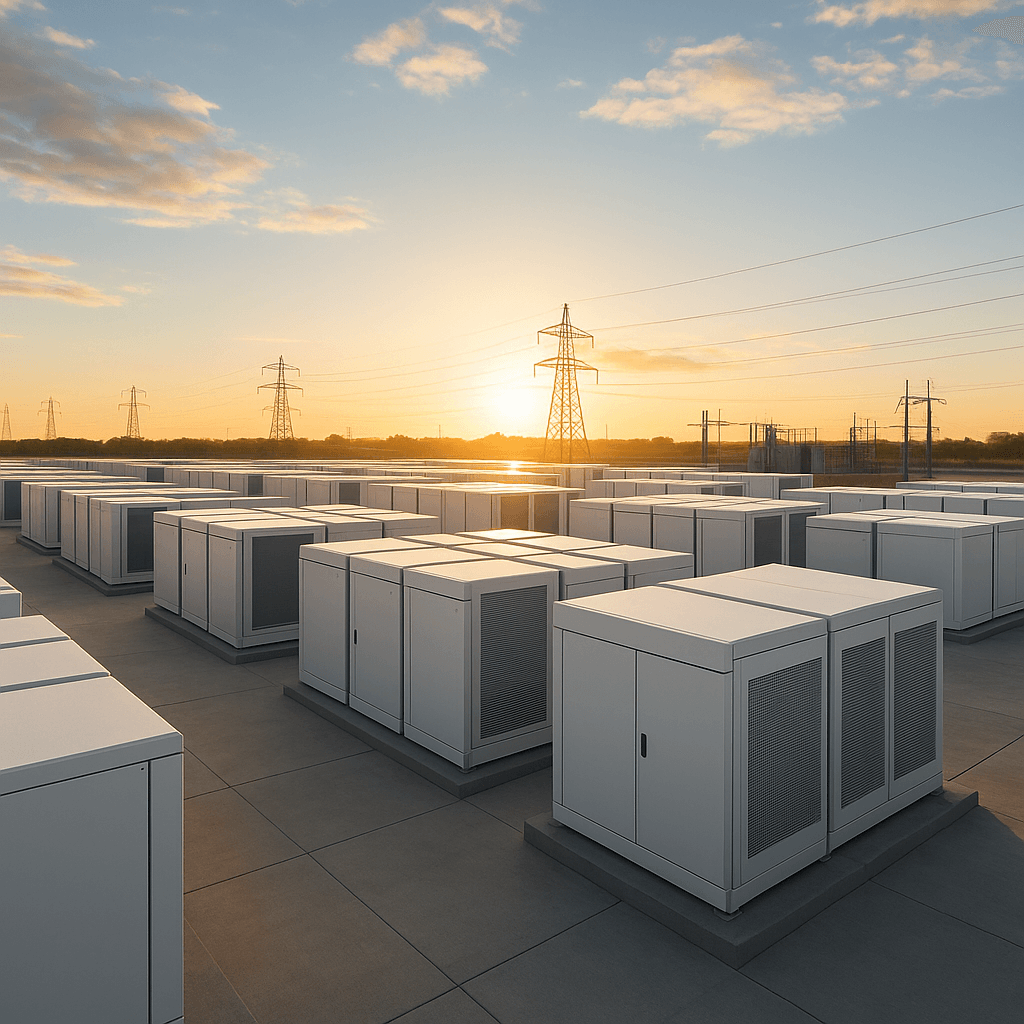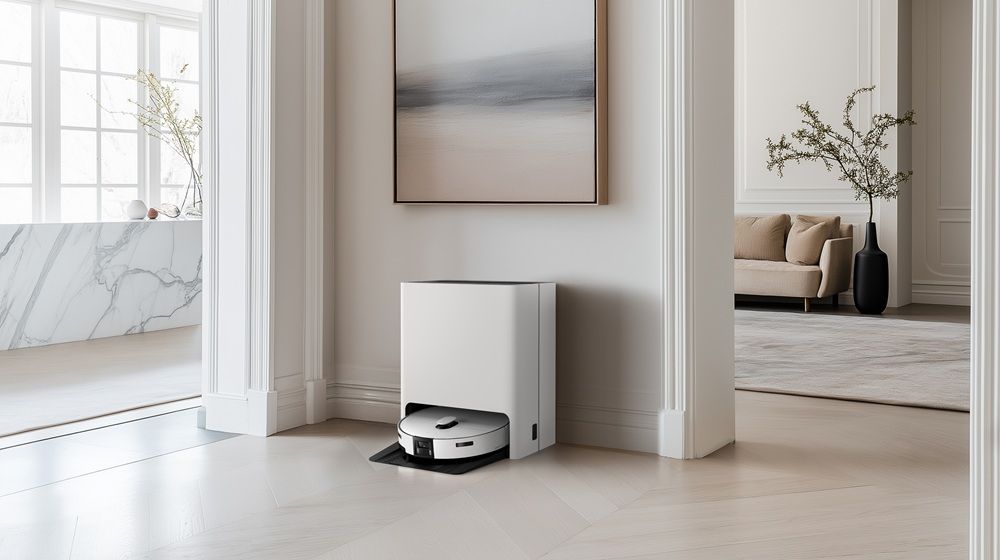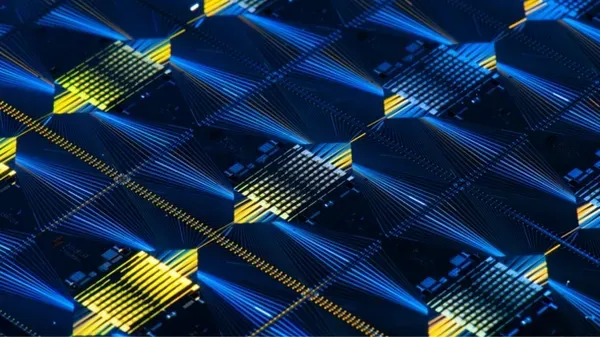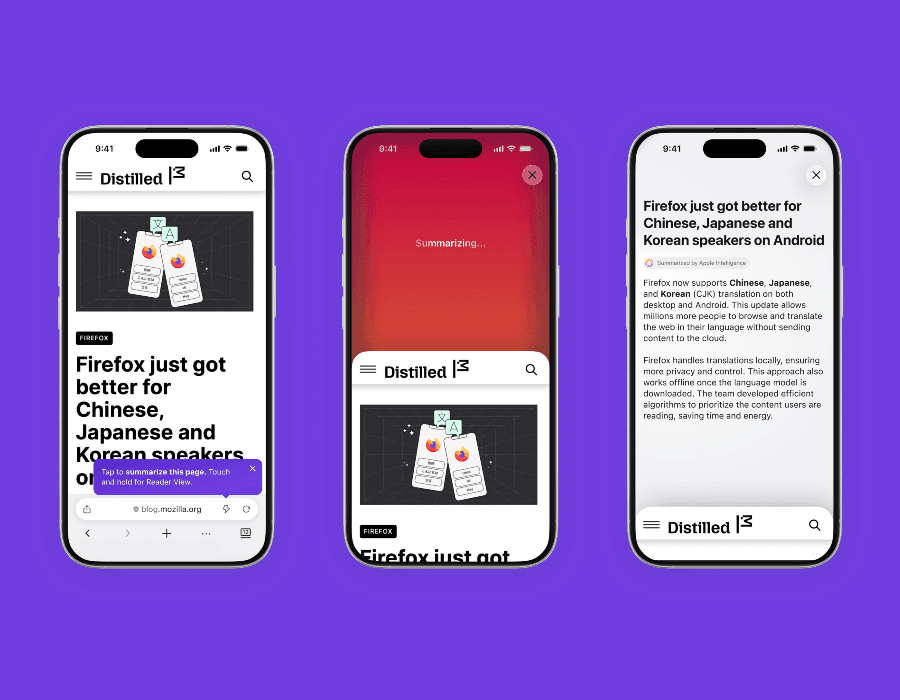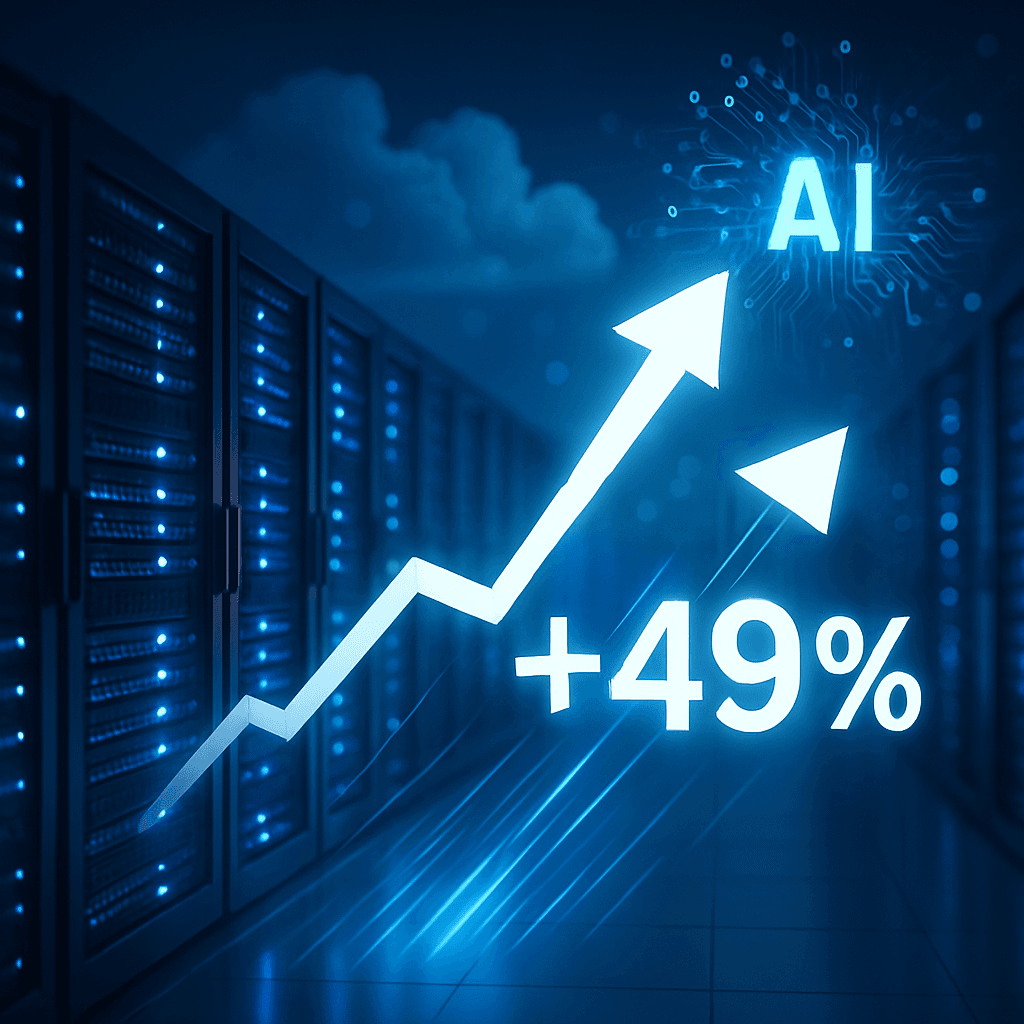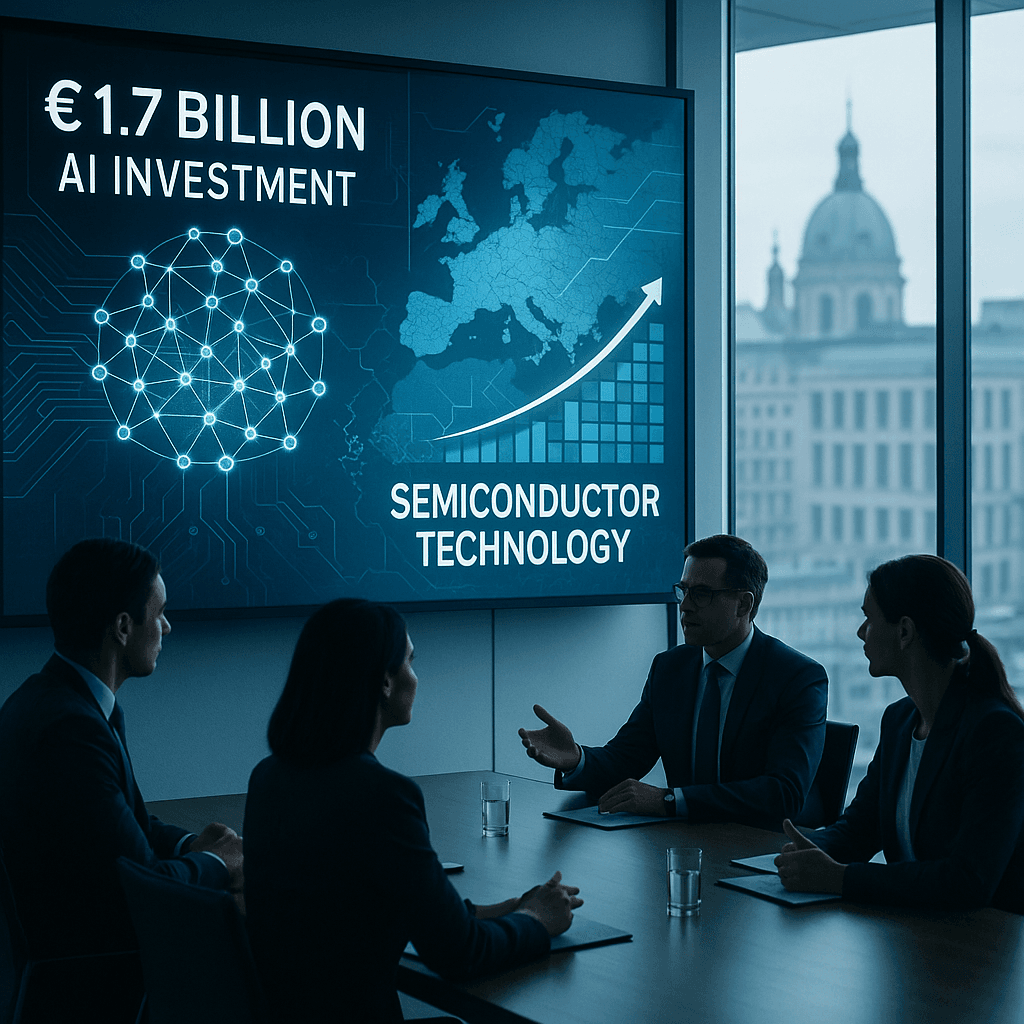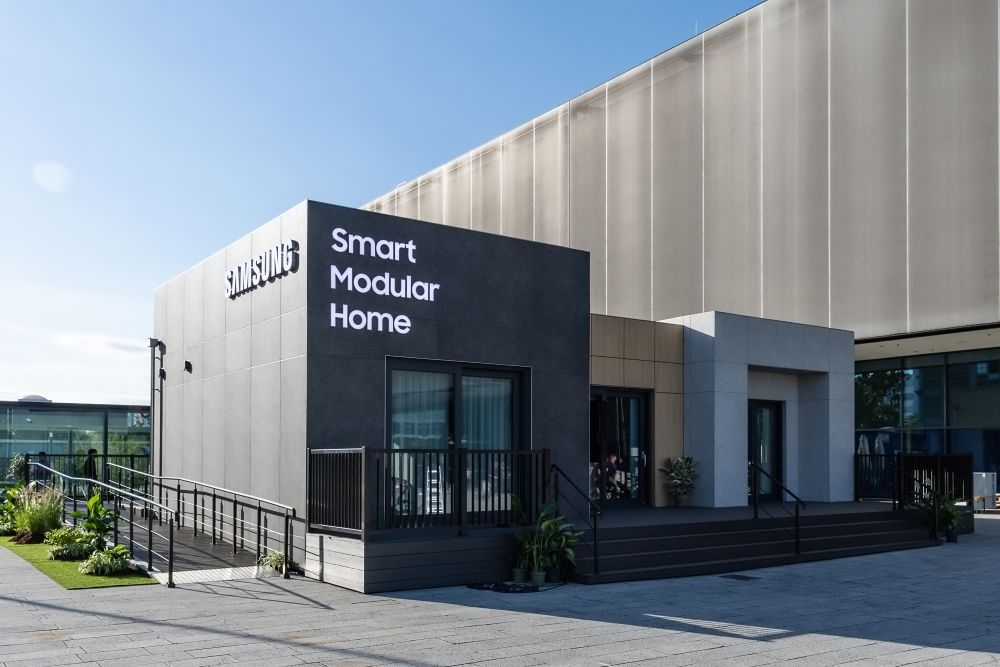Nvidia just supercharged the open-source AI creative world. ComfyUI's latest update delivers up to 40% performance improvements on RTX GPUs - double the typical gains from hardware upgrades alone. The timing couldn't be better as cutting-edge AI models like Wan 2.2 and Qwen-Image flood the creative landscape, demanding serious computing power.
The numbers tell the story. While GPU generation upgrades typically deliver 20-30% performance improvements, Nvidia's collaboration with the ComfyUI team has pushed that figure to 40% - making this software optimization more impactful than buying new hardware.
The timing is crucial as the AI creative toolkit explodes with powerful new models. Wan 2.2, the latest from Wan AI, brings unprecedented video generation quality to consumer hardware. A simple prompt like "A robot is cracking an egg, but accidentally hits it outside the bowl" produces smooth, detailed animations that would have required professional studios just months ago.
[embedded images after paragraph 2]
Alibaba's Qwen-Image pushes the boundaries even further, excelling at complex text rendering across multiple languages while maintaining visual accuracy. The model runs 7x faster on a GeForce RTX 5090 compared to Apple's M3 Ultra, according to Nvidia's benchmarks.
Black Forest Labs joins the performance party with FLUX.1 Krea [dev], an "opinionated" model designed for diverse, visually striking images without oversaturated textures. The open-weight version delivers 8x speed improvements over Apple silicon, cementing RTX's dominance in local AI inference.
[video_iframe after paragraph 4]
The secret sauce lies in Nvidia's TensorRT optimization, now deeply integrated into ComfyUI through specialized nodes. These optimizations don't just speed things up - they slash memory requirements by 50-70% through model quantization while maintaining quality. It's like getting a hardware upgrade without opening your wallet.
But ComfyUI's real power emerges through its ecosystem approach. Adobe Photoshop, Blender, and Unreal Engine plugins are bridging the gap between AI experimentation and professional workflows. The Photoshop integration complements native Firefly models with unlimited generative fill, while the Blender plugin featured in Nvidia's AI Blueprint connects 2D and 3D workflows seamlessly.
This isn't just about faster rendering times. ComfyUI's node-based approach democratizes advanced AI techniques that previously required months of learning. Ten key workflows now include everything from video trajectory control to sound-to-video generation, each accessible through drag-and-drop interfaces.
